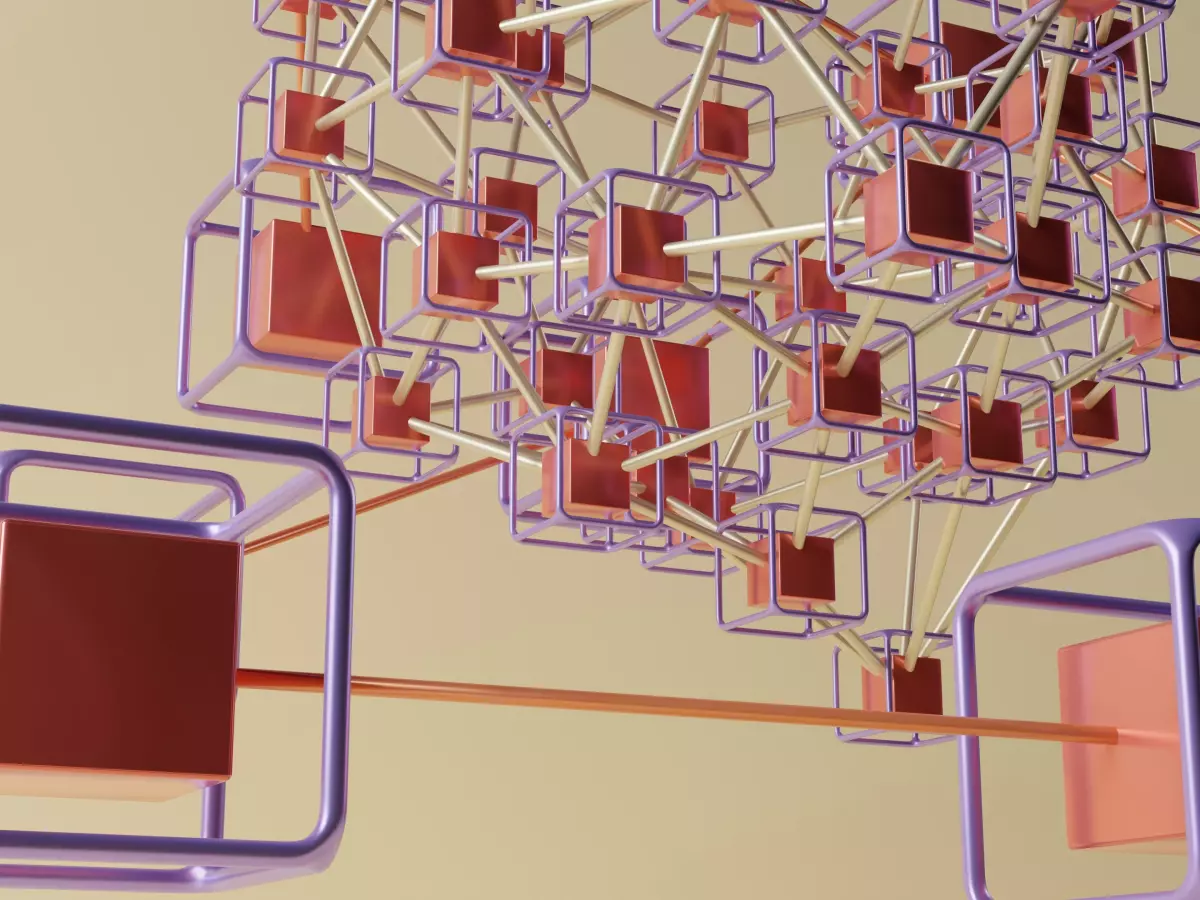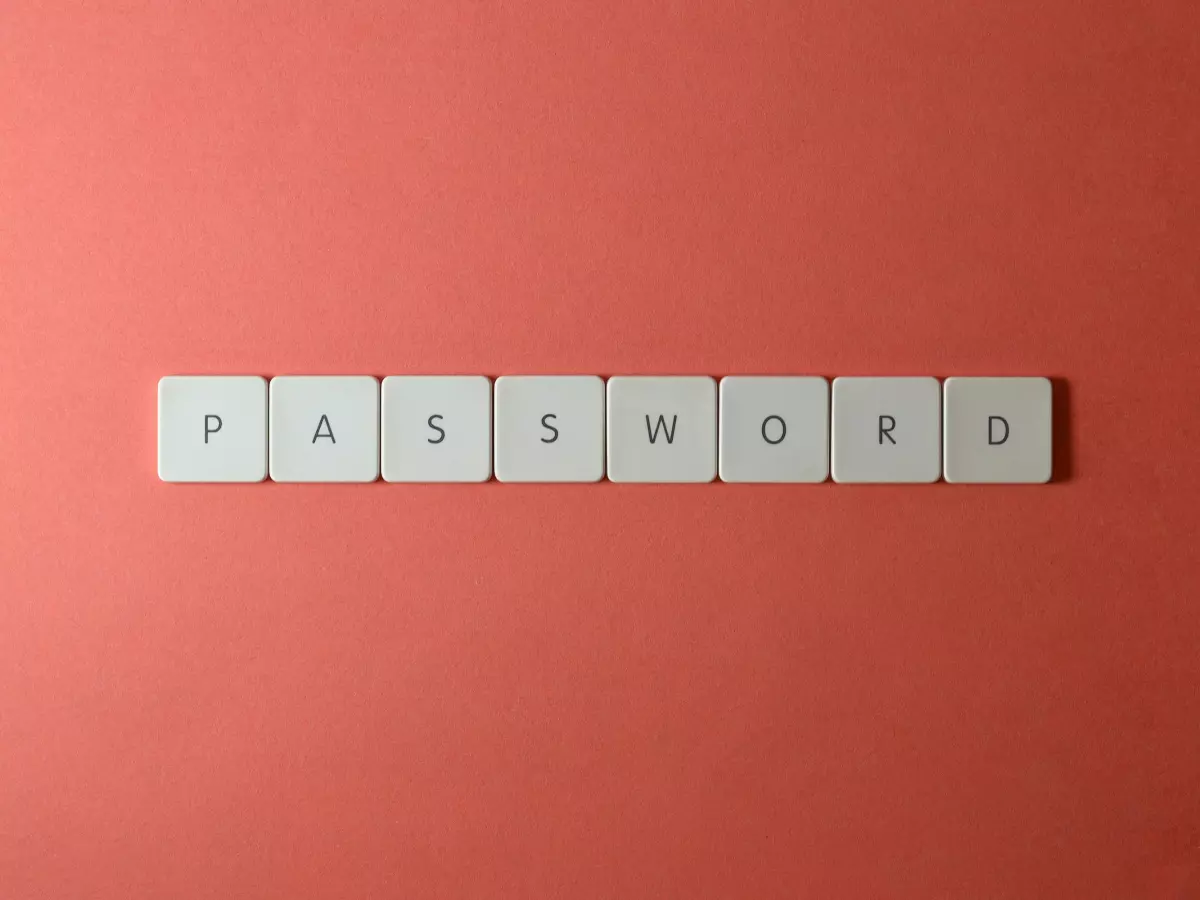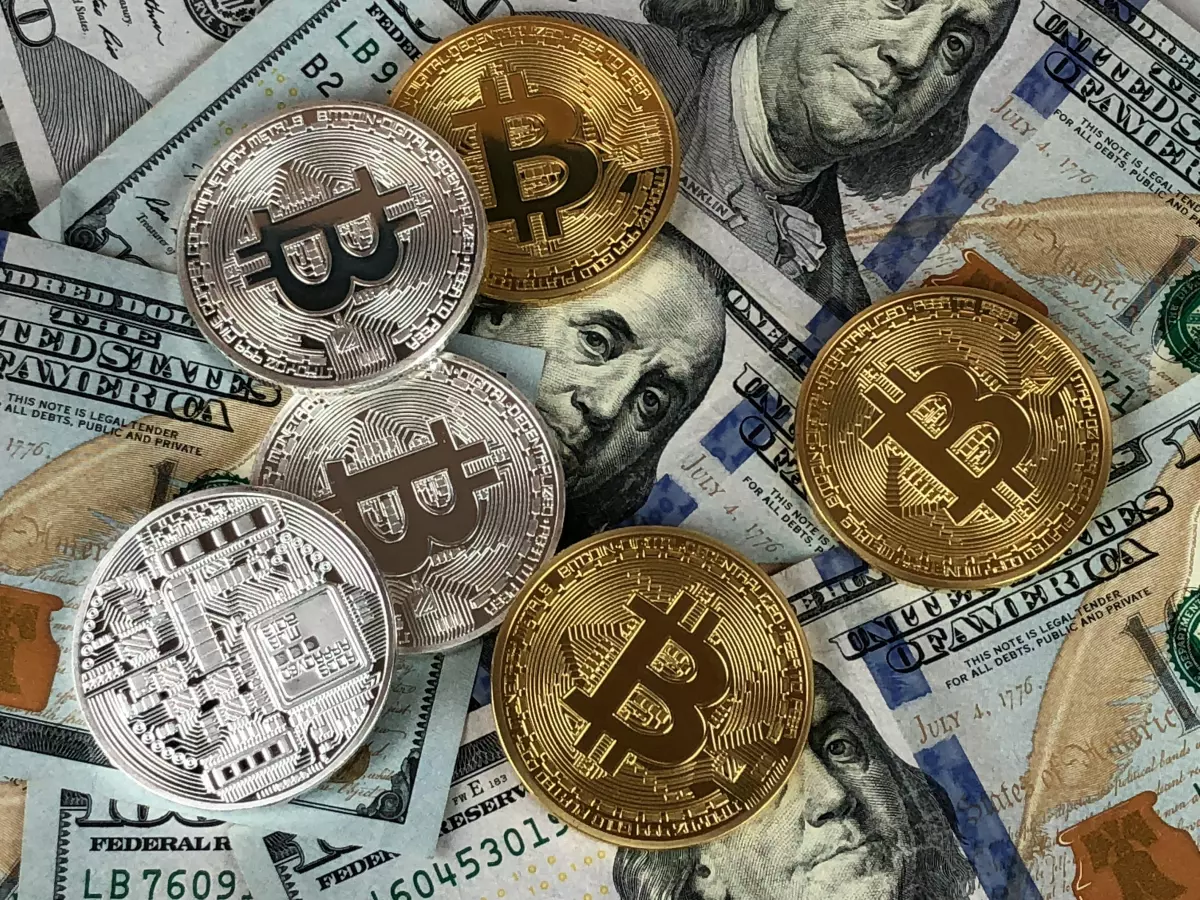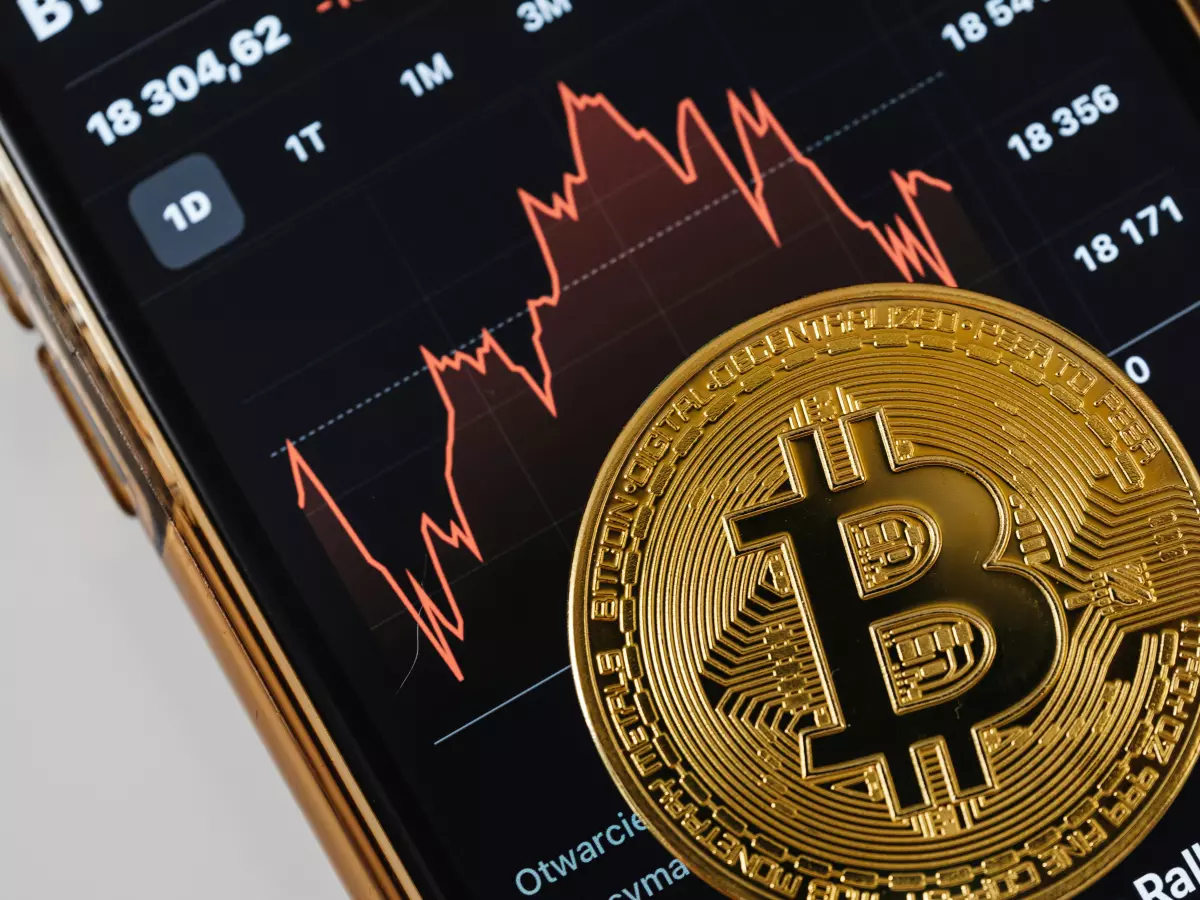Crypto Burn Decoded
Dive into the fascinating world of crypto burn mechanisms and uncover how blockchain technology ensures scarcity and value in digital currencies.

By Mia Johnson
Let’s start with the term "crypto burn." It sounds dramatic, doesn’t it? But no, there’s no actual fire involved. Crypto burning refers to the process of permanently removing a certain amount of cryptocurrency from circulation. This is achieved by sending the tokens to a wallet address that no one can access—essentially a digital black hole. The result? Reduced supply, which often leads to increased scarcity and, potentially, value.
Now, why does this matter? In the volatile world of cryptocurrency, scarcity is king. Much like how gold’s limited supply drives its value, reducing the circulating supply of a cryptocurrency can help stabilize or even boost its price. But here’s the kicker: the entire process hinges on blockchain technology. Without it, the transparency and trust required for crypto burns would be impossible.
How Blockchain Powers Crypto Burns
Blockchain’s immutable and transparent nature is the backbone of crypto burn mechanisms. When tokens are burned, the transaction is recorded on the blockchain for everyone to see. This ensures that the burn is legitimate and irreversible. Think of it as a public ledger that says, "Hey, these tokens are gone forever."
But how does this work under the hood? The process involves generating a wallet address with no known private key. Once tokens are sent to this address, they’re effectively locked away for eternity. The blockchain records this transaction, making it verifiable and tamper-proof. This level of transparency is crucial for maintaining trust in the cryptocurrency ecosystem.
Protocols and Use Cases
Different cryptocurrencies implement burn mechanisms in various ways. For example, Binance Coin (BNB) uses a quarterly burn mechanism where a portion of its profits is used to buy back and burn BNB tokens. Ethereum, on the other hand, introduced a burn mechanism with its EIP-1559 upgrade, where a portion of transaction fees is burned instead of being paid to miners.
These mechanisms serve multiple purposes. They can help control inflation, reward long-term holders, or even signal a project’s commitment to its community. In some cases, burns are used to clean up excess tokens from failed projects or airdrops, ensuring a healthier ecosystem.
Security Considerations
While crypto burns are generally considered secure, they’re not without risks. For one, the process relies heavily on the integrity of the blockchain. If the blockchain is compromised, the burn mechanism could be manipulated. Additionally, poorly implemented burn protocols can lead to errors, such as burning the wrong tokens or failing to properly record the transaction.
Another concern is the potential for misuse. Unscrupulous projects might use burns as a marketing gimmick, creating the illusion of scarcity without delivering real value. This underscores the importance of due diligence when evaluating a cryptocurrency’s burn mechanism.
So, the next time you hear about a crypto burn, you’ll know it’s not just a flashy term. It’s a sophisticated process powered by blockchain technology, designed to enhance the value and integrity of digital currencies. And while it’s not without its challenges, the potential benefits make it a fascinating aspect of the crypto world.
Fun fact: The first time I heard about crypto burns, I imagined someone tossing USB drives into a bonfire. While that’s not how it works, the idea of creating digital scarcity is no less intriguing. It’s a reminder of how blockchain continues to revolutionize the way we think about value and ownership in the digital age.





